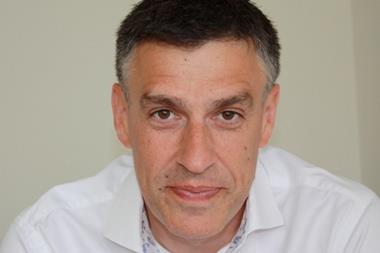Ernst & Young says Gulf Cooperative Countries made $2bn in contributions in 2006
Ernst & Young’s inaugural World Takaful Report 2008, launched today at the Annual World Takaful Conference, has confirmed the Gulf Cooperative Countries (GCC) as the heart of the global Takaful market, with over 50% of the value of global contributions of $2bn in 2006.
Of the 133 Takaful operators worldwide, 59 are within the GCC countries of Bahrain, Kuwait, Oman, Qatar, Saudi Arabia and the United Arab Emirates. The report also forecasts that accepted contributions globally would rise to more than $4.3 billion in 2010 and that the 20% annual growth rate of the industry would be maintained for the foreseeable future.
The report suggests that growth in the Takaful sector has outpaced that in conventional insurance sectors in most countries of the Middle East. General Takaful, which includes property & miscellaneous accident Takaful, currently accounts for approximately 50% of written business globally and in the region.
While current growth rates indicate a future Takaful industry of $10-15 bn within the next ten years, there are critical factors that must be addressed to maintain this expansion. Key challenges facing Takaful, as outlined by the report, include a fragmented and undercapitalised landscape, limited reTakaful capacity, problematic asset management and lack of local solution offerings and local distribution channels.
The drivers of Takaful demand include high economic growth and increase in per capita GDP, a youthful demography, increasing awareness, a greater desire for shari’a compliant offerings and increasing asset based, shari’a compliant financing.
Noor Ur Rahman Abid, managing partner, Audit and Assurance Business Services at Ernst & Young Middle East, said: “It is clear that there are significant growth opportunities for the Takaful industry, especially when the estimated global insurance premiums are as high as US$3.7 trillion. Most Organisation of Islamic Conference (OIC) countries have underdeveloped insurance sectors. Premiums in the Middle East are at 1% of nominal GDP compared to 8% in North America.
In addition, high levels of market liquidity and with income levels rising in the region, should contribute to a future rise in the global Takaful industry.”
Despite significant challenges, the outlook for the Takaful industry has excited the Islamic finance world, according to Sameer Abdi, head of Ernst & Young’s Islamic Finance Services Group. “Assets held and financed by the Islamic financial services industry are increasingly motivated to use Takaful to underwrite risk. Existing Takaful capacity is slowly replacing conventional insurance in the industry.
“The challenge for Takaful operators lies not only in tapping extrinsic demand but also in developing their capacity and expertise to provide a competitive alternative to conventional insurance,” he said.



































